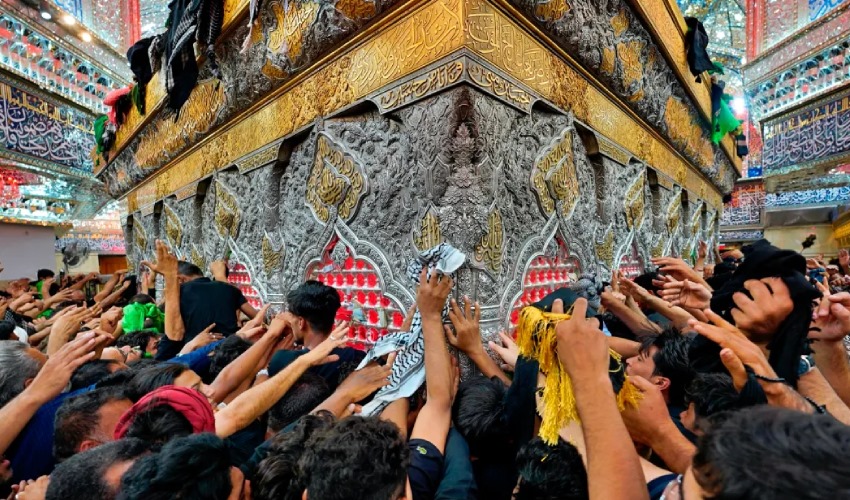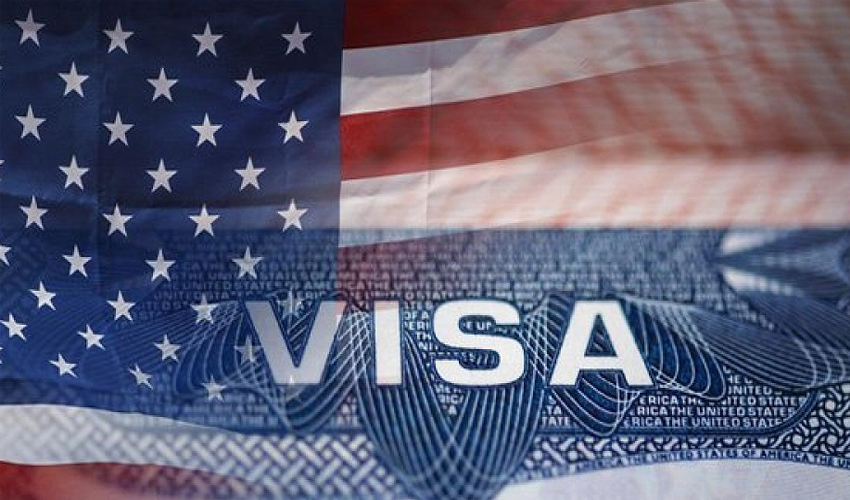Every year, millions of Muslim and non-Muslims pilgrims from around the world converge on the holy city of Karbala in Iraq to commemorate Arbaeen, one of the most significant religious gatherings on the planet.
Arbaeen, meaning "Forty" in Arabic, marks the 40th day of mourning for Imam Hussain, the grandson of the Prophet Mohammad (PBUH) and a foundational figure in Shiite Islam.
Karbala, where Imam Hussein and his brother Abbas are interred in imposing mausoleums that face each other, stands as the epicenter of Islam.
Record-breaking Participation
In 2023, the Arbaeen pilgrimage shattered all previous records, drawing an astonishing 22 million participants. Iran, in particular, achieved a new participation record, with four million visitors making the journey, up from three million in the previous year.
Official figures reported by Al-Abbas Shrine for the Arbaeen pilgrimage in 2023 stand at 22,109,460. This monumental turnout highlights the unwavering devotion of Shiite Muslim pilgrims who travel great distances to honor Imam Hussein and participate in this historic gathering.
The annual count of visitors to Karbala for Arbaeen has witnessed a remarkable growth trajectory over the years. Starting from 2016 with 11 million pilgrims, this extraordinary event has consistently attracted increasing numbers of devotees, with 2023 marking a monumental milestone in its history with over 22 million participants.
History of Arbaeen
The historical roots of this tradition date back to Jabir bin Abdullah Al-Ansari, one of the Companions of the Prophet of Islam, who visited Karbala for the first time to mark the completion of forty days after the tragic events in Karbala. Since then, this tradition has endured and evolved into the colossal gathering we witness today.
During the reign of the Baath Party in Iraq, efforts to suppress Arbaeen pilgrimages led to a decline in the number of participants.
Saddam Hussein's regime imposed stringent measures that hindered pilgrims from worldwide destinations. Nonetheless, determined pilgrims followed the "Way of the Scholars," a route that traversed the Euphrates River banks in Najaf and offered them a path to Karbala.
Distance from Najaf to Karbala
One of the primary routes that pilgrims take to reach Karbala is the 80-kilometer journey from Najaf. To guide and motivate the travelers on this spiritual voyage, numerous signs and plaques dot the 80-kilometer stretch, displaying the distance to their ultimate destination.
It typically takes three days of continuous walking to complete this pilgrimage route. For those who find the journey arduous, alternative modes of transportation are available.

Additionally, some dedicated pilgrims embark on an even more extensive journey, walking 600 kilometers from Ras al-Bisha in southern Iraq to reach Karbala.
This extended route weaves through Iraq's diverse landscapes, demonstrating the unwavering devotion of the participants.
Local hospitality
One remarkable aspect of Arbaeen is the tradition of "mawakeb" or stands set up by volunteers from various Iraqi provinces.
These stands provide free drinks and food to pilgrims along their routes, exemplifying the spirit of hospitality and communal support that permeates the entire event.

It's a testament to the unity and selflessness displayed by the participants.
Arbaeen is not merely a religious event but a remarkable demonstration of faith, unity, and peace. Millions of Shiite Muslim pilgrims undertake challenging journeys to Karbala to honor the memory of Imam Hussein and to stand together in the name of their faith.
As the world's largest peace gathering, Arbaeen continues to grow in scale and significance, reminding us of the enduring power of faith and the resilience of the human spirit.



























